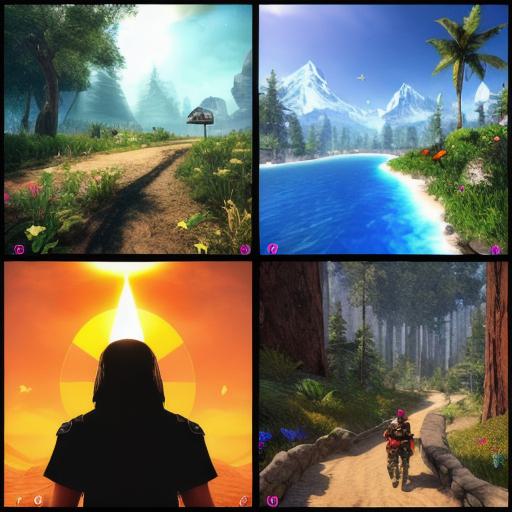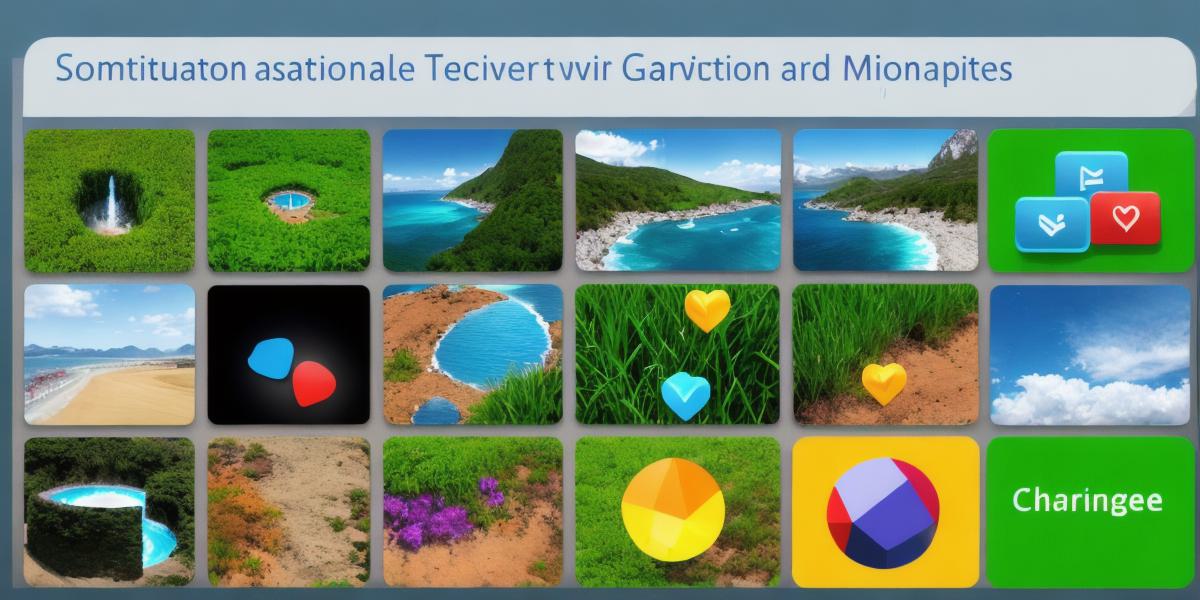Gamification techniques involve adding game-like elements to non-gaming experiences to make them more engaging and fun. Examples of gamification techniques include leaderboards, achievements, and rewards. By incorporating these elements into a game, developers can create a sense of competition and accomplishment among players, which can lead to increased engagement and retention.
- How does social integration improve player engagement?
Social integration in games allows players to connect with friends and other players through social media or online communities. This creates a sense of community within the game and provides players with the ability to connect with others. By providing players with the ability to connect with others, developers can create a more immersive and enjoyable gaming experience. - What is procedural generation?
Procedural generation is a technique used in game development to generate content in real-time based on player choices or actions. This includes generating levels, enemies, or items on the fly. By using procedural generation, developers can create an infinite number of possible game scenarios and keep players engaged by providing them with new challenges and experiences every time they play. - What are user feedback mechanisms?
User feedback mechanisms allow players to provide feedback on the game, which can be used to make improvements and adjustments. Examples of user feedback mechanisms include surveys, reviews, and in-game feedback prompts. By collecting and analyzing this feedback, developers can identify areas where their game needs improvement and make changes to enhance player experience. - What is adaptive learning?
Adaptive learning is a technique used in game development to adjust the difficulty of the game based on the player’s skill level. This can include adjusting the speed of the game, the number of enemies, or the type of challenges presented to the player. By using adaptive learning, developers can create a more challenging and engaging experience for players at all skill levels. - What is collaborative game design?
Collaborative game design involves working with a team of designers, artists, and other professionals to create a game that is both fun and engaging. This approach allows for a wider range of perspectives and ideas to be incorporated into the game, which can lead to a more well-rounded and enjoyable gaming experience. Additionally, collaborative game design allows developers to learn from each other and improve their skills as they work together on a project.
Game Development Experiments That Can Boost Gameplay and Player Engagement
The world of game development is constantly evolving, with new techniques and technologies emerging all the time. In order to stay ahead of the curve and create games that truly resonate with their audiences, developers need to be willing to experiment and take risks. Here are seven game development experiments that can help improve gameplay and player engagement:
- Personalized User Interface (UI) Design
One of the most effective ways to improve user experience in a game is by creating a personalized UI design. Using data analytics, developers can create an interface that is tailored to each player’s preferences, including everything from font size and color to button placement and sound effects. By providing players with a more personalized experience, they are more likely to stay engaged and keep coming back to play. - Gamification Techniques
Another way to boost engagement in games is by incorporating gamification techniques. These techniques involve adding game-like elements to non-gaming experiences to make them more engaging and fun. Examples of gamification techniques include leaderboards, achievements, and rewards. By including these elements in a game, developers can create a sense of competition and accomplishment among players, which can lead to increased engagement and retention. - Social Integration

Integrating social features into games is another effective way to improve player engagement. By allowing players to connect with friends and other players through social media or online communities, developers can create a sense of community within the game. This can include features like chat rooms, friend lists, and multiplayer modes. By providing players with the ability to connect with others, developers can create a more immersive and enjoyable gaming experience. - Procedural Generation
Procedural generation is a technique used in game development to generate content in real-time based on player choices or actions. This includes generating levels, enemies, or items on the fly. By using procedural generation, developers can create an infinite number of possible game scenarios and keep players engaged by providing them with new challenges and experiences every time they play. - User Feedback Mechanisms
Collecting and analyzing user feedback is essential for improving gameplay and player engagement. User feedback mechanisms allow players to provide feedback on the game, which can be used to make improvements and adjustments. Examples of user feedback mechanisms include surveys, reviews, and in-game feedback prompts. By collecting and analyzing this feedback, developers can identify areas where their game needs improvement and make changes to enhance player experience. - Adaptive Learning
Adaptive learning is a technique used in game development to adjust the difficulty of the game based on the player’s skill level. This can include adjusting the speed of the game, the number of enemies, or the type of challenges presented to the player. By using adaptive learning, developers can create a more challenging and engaging experience for players at all skill levels. - Collaborative Game Design
Collaborative game design involves working with a team of designers, artists, and other professionals to create a game that is both fun and engaging. This approach allows for a wider range of perspectives and ideas to be incorporated into the game, which can lead to a more well-rounded and enjoyable gaming experience. Additionally, collaborative game design allows developers to learn from each other and improve their skills as they work together on a project.
In conclusion, game development is an art form that requires constant experimentation and innovation in order to stay ahead of the curve. By incorporating these seven experiments into your game development process, you can create games that are more engaging, fun, and enjoyable for players. Remember, success in game development often comes down to understanding your audience and creating experiences that truly resonate with them.
